As the May 2025 federal election approaches, the Electric Vehicle Council advocates for supportive policies that can provide lasting financial relief for Australian motorists, positioning electric vehicles as a strategic solution to ongoing cost-of-living pressures.
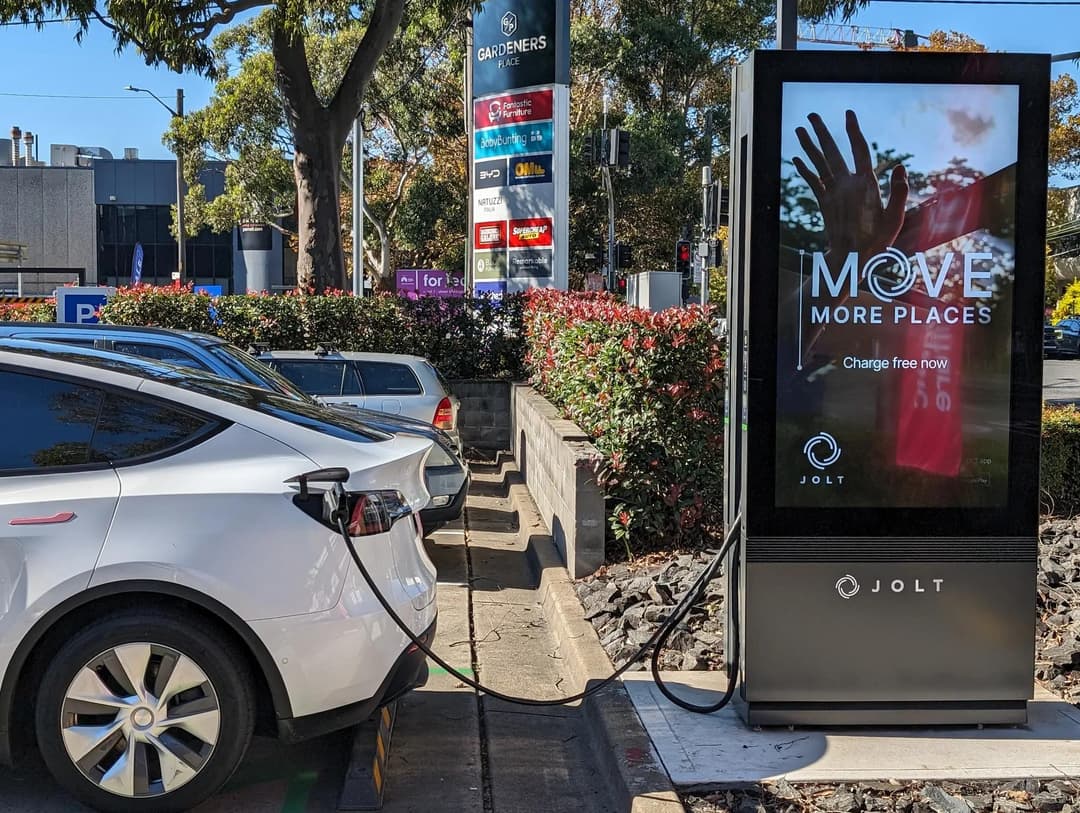
Electric Vehicle Council CEO Julie Delvecchio emphasized the broader economic implications.
"In a cost-of-living election, supporting measures that reduce expenses for Australian motorists is crucial," she stated.
Delvecchio pointed out that while fuel excise cuts offer short-term relief, EV adoption provides sustained financial benefits.
The council notes that EV ownership is becoming increasingly accessible, with some models now available for as low as $30,000.
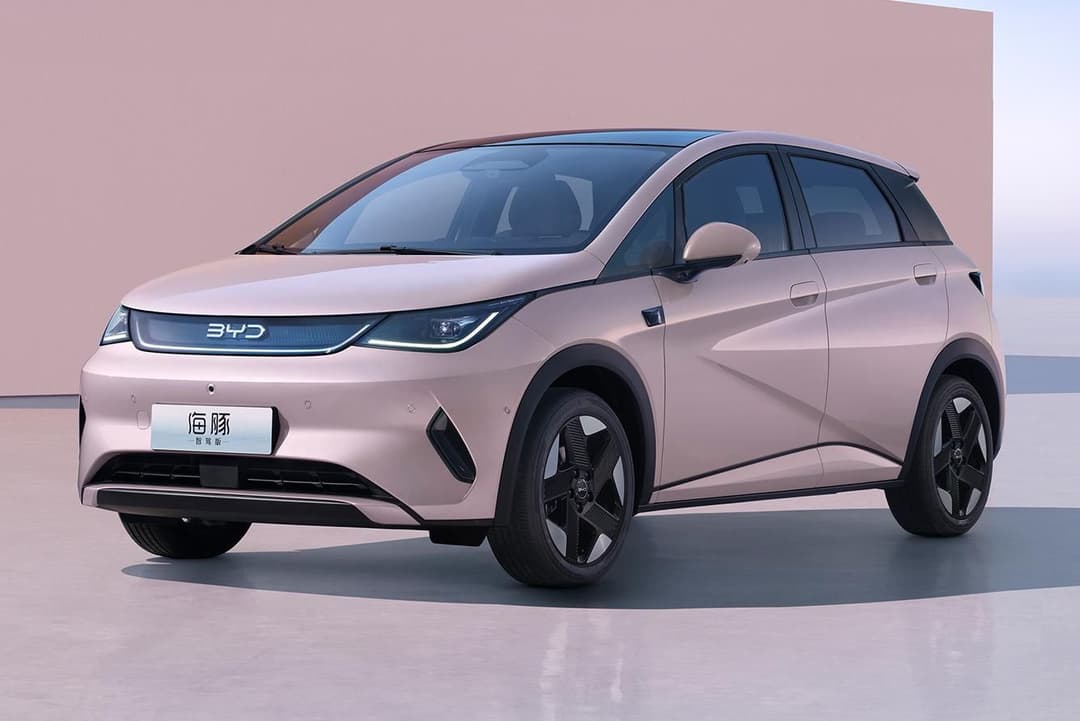
This price point helps address previous barriers to electric vehicle adoption, particularly for budget-conscious consumers.
Significantly, over 300,000 voters currently drive electric vehicles, with more than half residing in outer suburbs and regional areas.
These drivers are increasingly recognizing the substantial economic advantages of electric transportation.
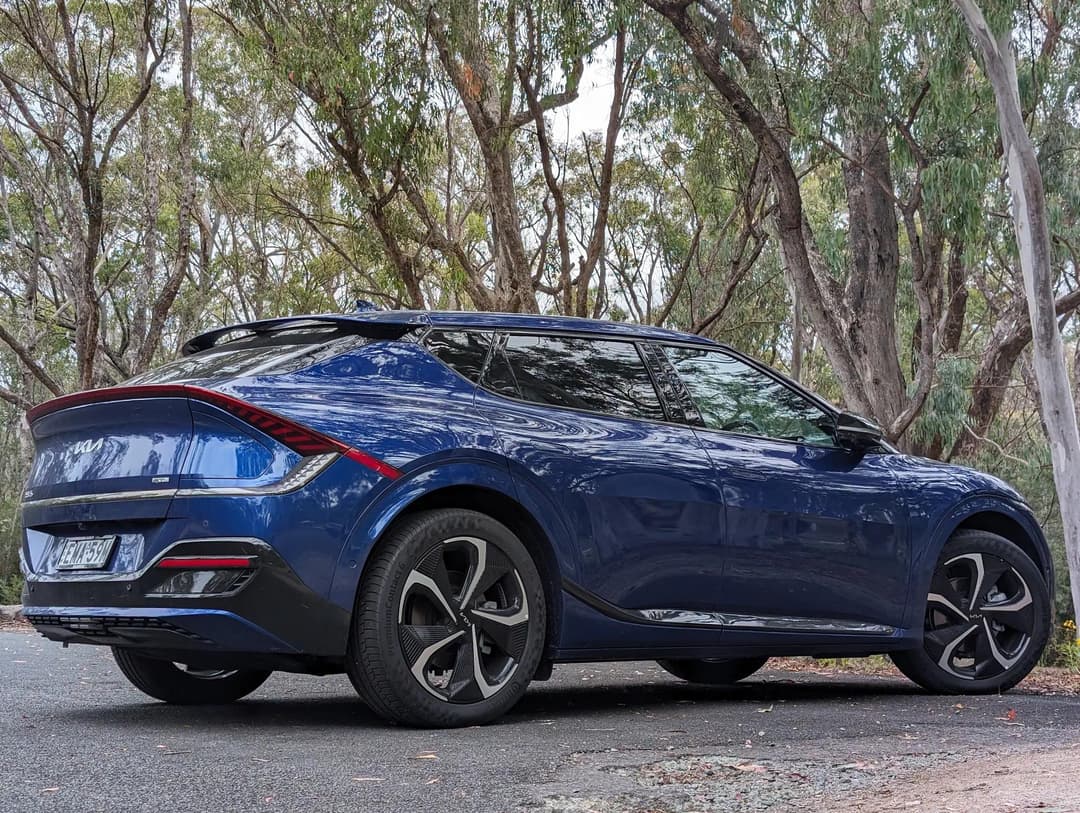
In the midst of ongoing cost-of-living challenges, the Electric Vehicle Council (EVC) has highlighted that switching to an electric vehicle (EV) provides substantially greater financial benefits compared to temporary fuel excise cuts.
The Coalition has proposed reducing fuel tax by 25 cents per litre for one year, which would save motorists approximately $700 one off.
However, the EVC argues that EV drivers can save up to $3,000 every year ongoing by avoiding traditional fuel costs.
The price difference is stark. While petrol currently sits around $2 per litre, electric vehicle charging can be almost free if using a home charger and spare solar power or a home EV charging electricity plan with several free hours of power every day.
This significant cost reduction represents a compelling financial argument for EV adoption.
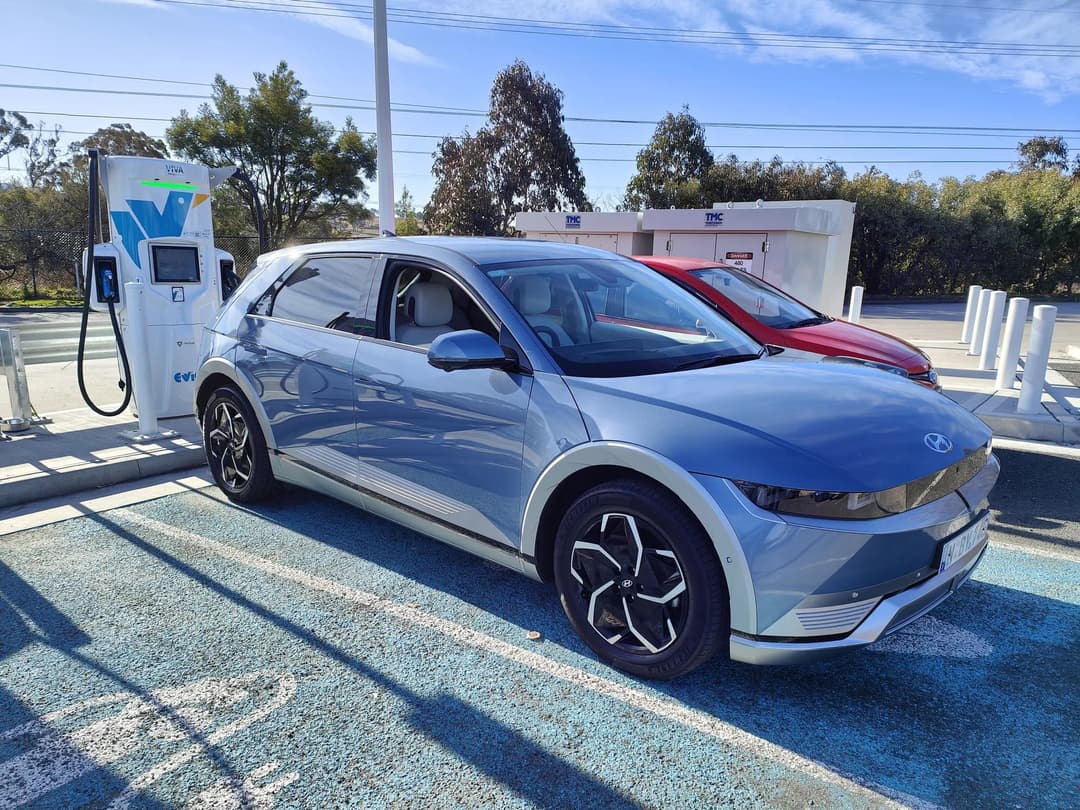
The recently implemented New Vehicle Efficiency Standard (NVES), which came into effect in 2025, is designed to incentivize car manufacturers to introduce more fuel-efficient and low-emission vehicles to the Australian market.
Importantly, the NVES standard maintains consumer choice, allowing motorists to purchase their preferred vehicle while gradually expanding electric and efficient vehicle options.
The NVES aims to gradually transform the automotive landscape, with penalties for high-polluting vehicles not taking effect until 2028.
Currently, there is no evidence suggesting the standard is driving up new car prices.
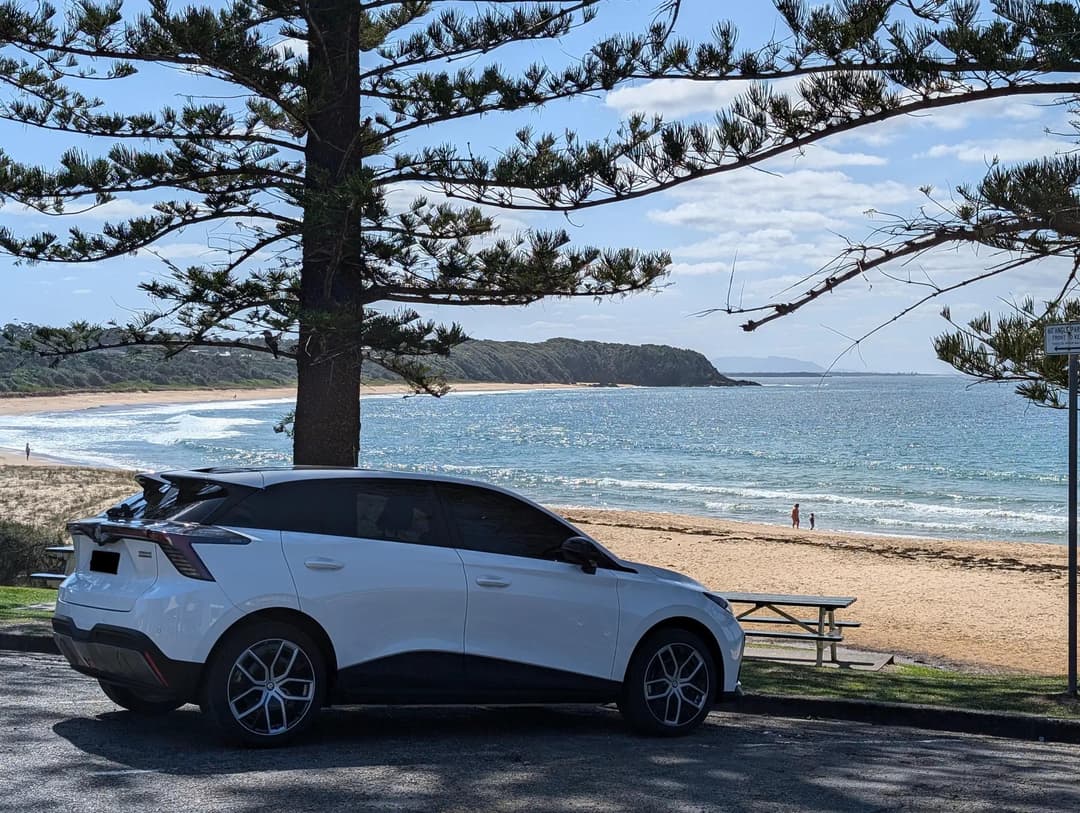
About the author

Neerav Bhatt has been a technology journalist and photographer for over 20 years appearing in online, print, radio and TV media. His current focus is on helping Australians switch to electric vehicles as well as making their home fully electric, sustainable and climate resilient. Youtube: www.youtube.com/@NeeravBhatt Web: neeravbhatt.com
Stay up to date with the latest EV news
- Get the latest news and update
- New EV model releases
- Get money savings-deal
